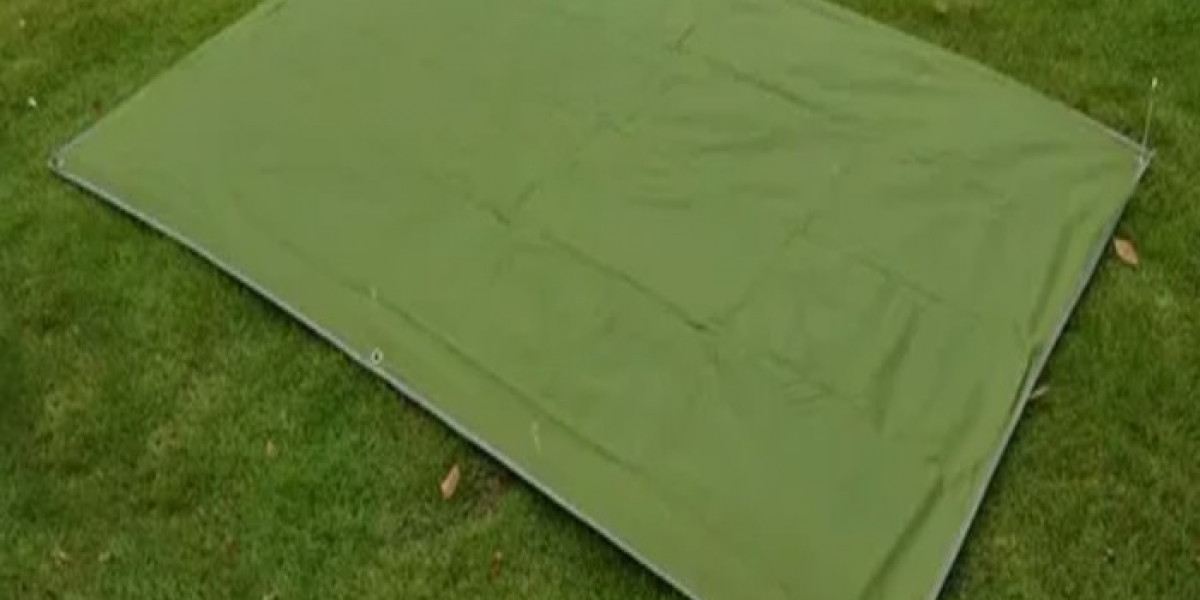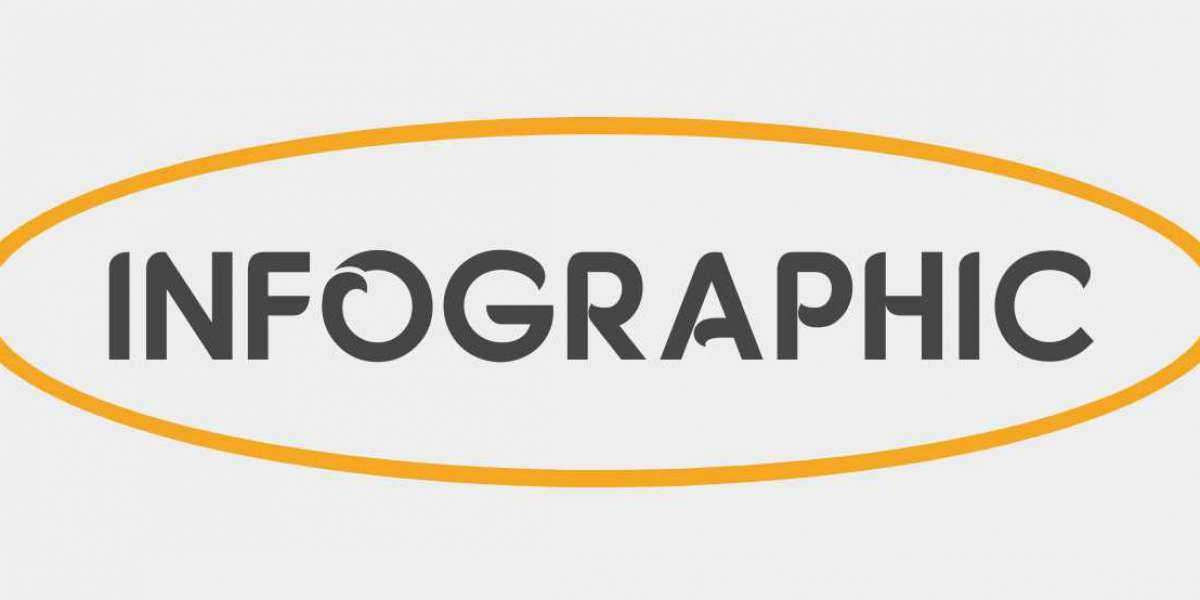Safety Measure During Electrical Work
Any work involving electricity always comes with certain risks. Even a minor electric shock can prove to be fatal. This is why taking proper safety measures is crucial when dealing with electrical installations and repairs. A grounding sheet acts as the primary safety measure that helps provide protection from electric shocks. It ensures that there is no accidental electricity current passing through the human body during work.
Why is Grounding Important?
Grounding Sheet is an electricity always tries to find the shortest path to the ground. If a live wire accidentally comes in contact with someone's body during electrical work, the current can pass through them to the earth. This puts the person's life at risk. Grounding ensures that there is already an alternate low resistance path set up for the electric current to flow through safely to the earth, bypassing the human body. It leads electricity away from places where people or equipment are present.
Different Types of Grounding Sheets
There are different types of grounding sheets available depending on the work requirements:
- Insulation Mats: Made from insulating rubber or plastic materials, these provide insulation as well as a dry working platform. They help keep workers isolated from conducting surfaces.
- Conductive Mats: Manufactured using conductive materials like copper or aluminum, these mats allow electric currents to pass through them easily to the ground. They are most commonly used for grounding.
- Dissipative Mats: Combining the properties of insulation and conductivity, these sheets offer partial insulation as well as controlled dissipation of static charges built up on equipment or human bodies to prevent shocks.
- Tri-Layer Mats: Made with three laminated layers - a conductive middle layer sandwiched between two insulating rubber layers, these provide insulation from shocks along with effective grounding.
Key Features of an Effective Grounding Sheet
When selecting a grounding sheet, it is important to check that it contains these important features:
- Conductivity: The sheet material must have good electrical conductivity to allow fault currents to flow safely to the earth. Copper or aluminum sheets are best.
- Durability: It should withstand regular use and handling without tearing or damage as longevity is crucial from a safety viewpoint. Rubberized or laminate options last longer.
- Flexibility: A flexible form factor allows the mat to be used on uneven surfaces without creasing or cracking. Rigid sheets may not conform well.
- Insulating Backing: Having an insulating rubber or plastic backing prevents shocks from conducting surfaces the mat is placed on while providing a dry working area.
- Grounding Connector: Include an exposed grounding point or strap that can be secured firmly to the earth for an effective grounding link.
Safe Use and Positioning of Grounding Sheets
For the grounding sheet to be truly effective, it needs to be deployed correctly:
- Unroll completely on a dry, clean and level surface before use in the identified work area.
- Connect the grounding strap securely to the actual earth for a direct conduction path. Water pipes or grounding rods work well.
- Position the sheet around the electrical equipment/circuit you want to work on with enough overlap on all sides for complete coverage.
- Cordon off the grounded area to prevent contact with other conducting surfaces that aren't earthed.
- Inspect the sheet regularly for damage and re-ground if moved to a new location. Replace if tearing is observed.
- Ensure workers stand only on the sheet and avoid contacting any live electrical equipment or connections directly.
With proper use, grounding sheets provide reliable protection against electric shocks during service and repair work. When used in combination with other safety gear like insulating gloves and shoes, they minimize risk considerably.
Importance of Firm Ground Connections
For the grounding sheet to be truly effective in draining away any fault currents, it is critical that the grounding strap has a very low and direct path of conduction to the actual earth. Some important points to note are:
- Water pipes provide an excellent grounding point in most cases due their widespread metal construction and direct connection to the earth.
- For locations without metal water pipes, drive one or more grounding rods deep into the soil until reaching moist earth.
- Connect the grounding strap firmly around the pipe/rod using a cable grip or grounding clamp for corrosion-free bonding.
- Use thick, multiple strand copper wire of adequate gauge for low resistance ground conduction.
- Burying the other end of grounding rods deeper enhances their conductivity to actual earth.
- Periodically check connections for tightness and corrosion to ensure reliable grounding is always maintained.
Observing proper grounding procedures plays a big role in the effectiveness of safety equipment like grounding sheets in protecting workers from electric shock dangers.
In any electrical work, safety should be the topmost priority. A grounding sheet serves as the first line of defense, providing a safe, grounded work area isolated from live circuit parts. When deployed correctly along with sturdy grounding and use of additional protective gear, it can significantly reduce risks associated with electric faults and mishaps. Proper grounding sheet use is therefore essential for all low or high voltage installation, repair or maintenance tasks.
Get This Report in Japanese Language: アースシート
Get This Report in Korean Language: 접지 시트
About Author:
Priya Pandey is a dynamic and passionate editor with over three years of expertise in content editing and proofreading. Holding a bachelor's degree in biotechnology, Priya has a knack for making the content engaging. Her diverse portfolio includes editing documents across different industries, including food and beverages, information and technology, healthcare, chemical and materials, etc. Priya's meticulous attention to detail and commitment to excellence make her an invaluable asset in the world of content creation and refinement. (LinkedIn- https://www.linkedin.com/in/priya-pandey-8417a8173/)









